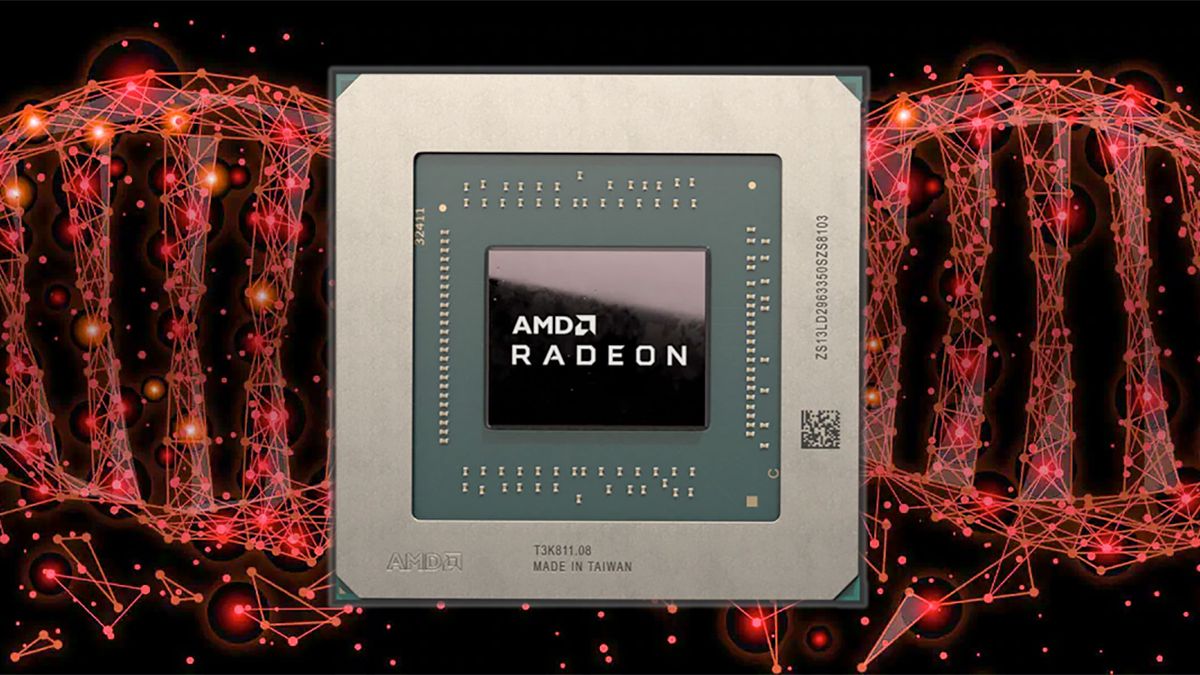So I was glancing through the Super-SIMD patent application:
<div p-id="p-0001">A super single instruction, multiple data (SIMD) computing structure and a method of executing instructions in the super-SIMD is disclosed. The super-SIMD structure is capable of ex

www.freepatentsonline.com
and I discovered something new (to me, at least). There are two aspects to this discovery:
- "side ALU"
- "full ALU"
A full ALU combines a "normal" ALU (SIMD-32 capable of FP32, called "core ALU" in the document) with a side ALU. The side ALU is described as being for "non-essential operations like conversion instructions" and does not have a multiplier. Additionally a side ALU can co-work with a normal ALU to finish complex operations like transcendental instructions.
So here we have a new kind of ALU, the full ALU, which is formed by combining two ALUs to work together. (Reminiscent of G80's MUL which also worked with transcendentals).
So I think the asymmetry in the VOPD-halves may be a side-effect of each half being different, with one half being a full ALU while the other half is merely a core ALU.
There isn't much talk about transcendental ALUs:
which sounds like Navi 1 and Navi 2. But then the water gets pretty muddy with the following three scenarios:
which I believe is not Navi 3, because of the asymmetry of VOPD
which I suppose is possible but there's no explicit mention of transcendentals.
which is effectively a 3-set of:
ALUs. But this 3-set doesn't have the asymmetry that VOPD implies...
Overall, I think the description is trying to hint at a wide range of configurations centred-upon the Super-SIMD concept, reaching down (at a guess) to low-cost, low-area variants suitable for APUs:
That is a guess, though...

